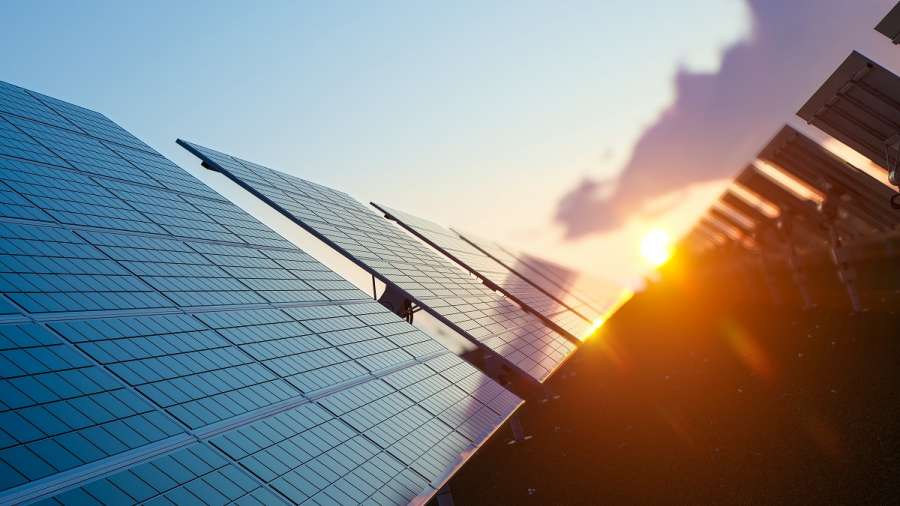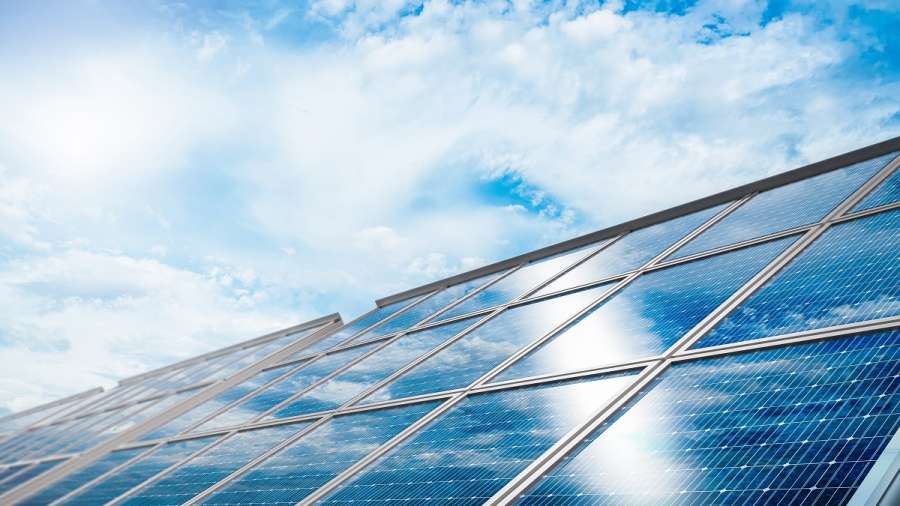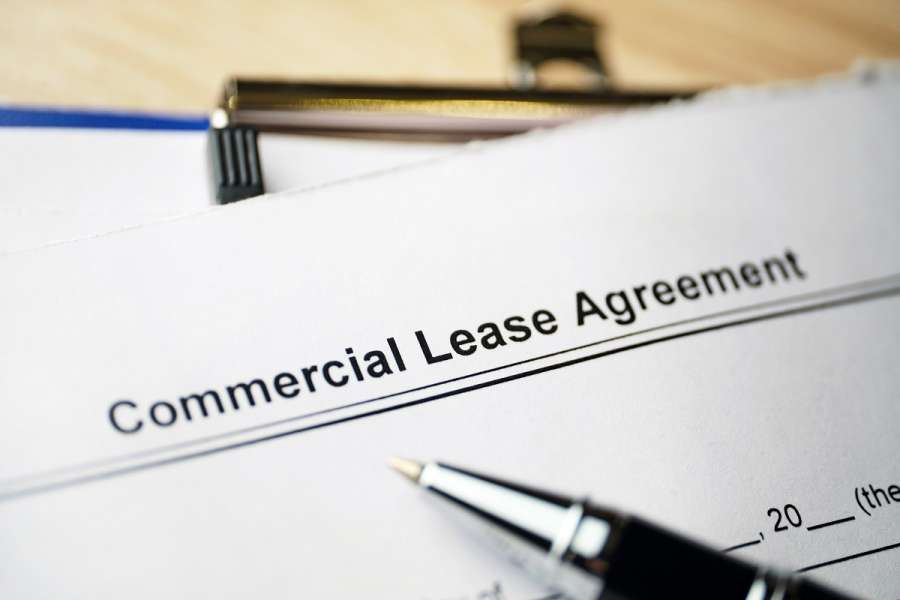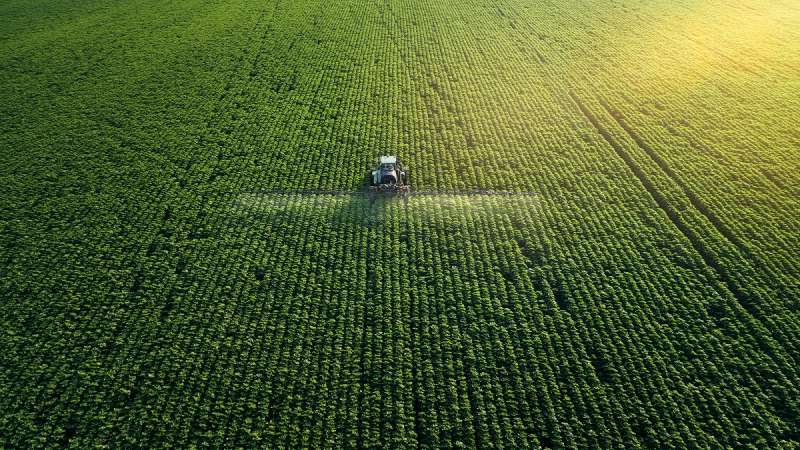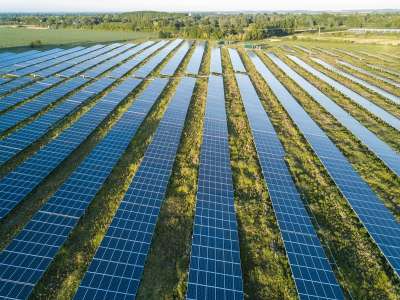
With the government aiming to achieve a fivefold increase in the UK's solar power capacity to 70GW by 2035, many agricultural landowners are considering solar photovoltaic developments on their land.
This commercial property blog looks at the benefits of solar leases for landowners and matters to consider when agreeing on lease terms.
The solar market
According to the latest update from the International Energy Agency (IEA), global renewable power capacity additions are expected to jump by a third in 2023 as growing policy momentum, higher fossil fuel prices, and energy security concerns drive strong deployment of solar PV and wind power.
The IEA reports that solar PV additions will account for two-thirds of this increase in renewable power capacity and are expected to keep growing in 2024, with the expansion of large-scale solar PV plants accompanied by the growth of smaller systems.
The UK is a leading global market for renewable energy investments, and ground-mounted solar farms have been at the forefront of this investment since the first round of government subsidies was introduced over a decade ago.
Research by Solar Media Ltd shows that as of July 2023, new solar sites being scoped and planned have reached a total planned capacity of more than 85GW across 1,257 sites.
Submitted plans are now at record levels, exceeding even the height of the "solar boom" era, with many sites that were previously refused planning permission now securing approval at the appeal stage.


